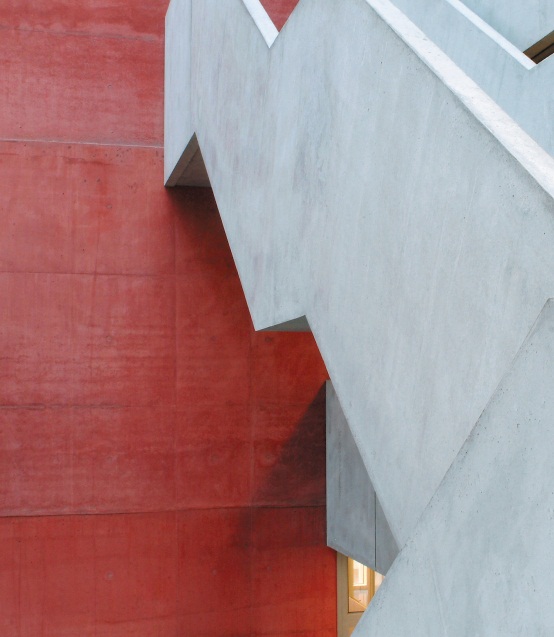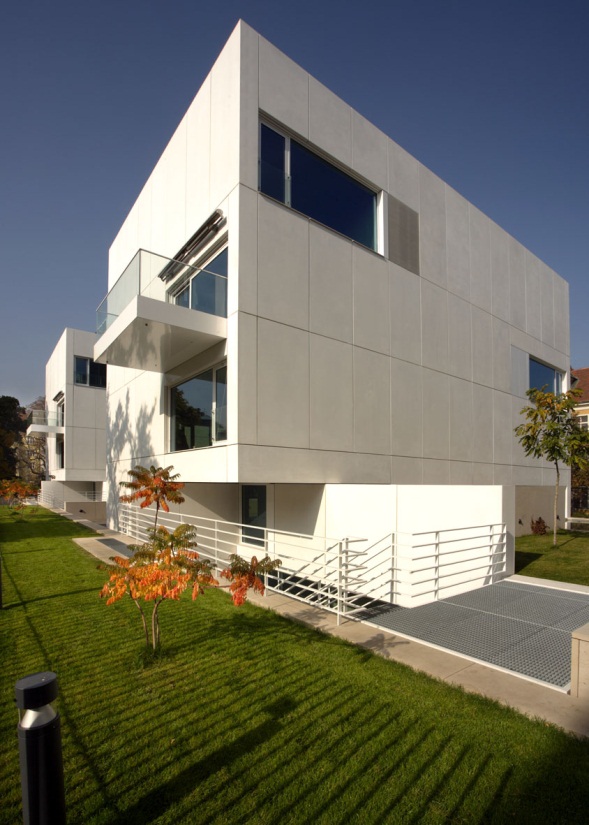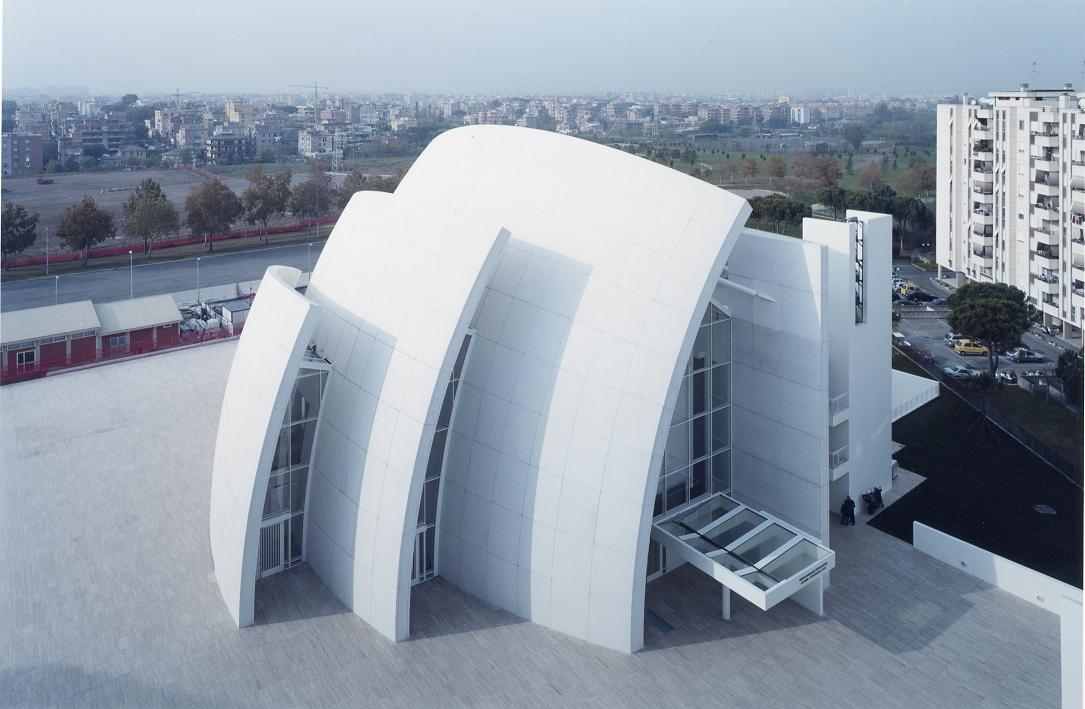
White cement – where appearance matters
 |
| Colored concretes give architects freedom of expression. |
While the differences in chemical and physical properties between classic gray Portland cement and white cement are minimal, it is precisely the aesthetic conditions that are the main reason for the increasing use of white cement in architecture. For these reasons, the most common areas of its use are versatile surface finishes, exposed concretes, all kinds of prefabricated elements including pavements or facade panels, street furniture, as well as monolithic terrazzo or stucco plaster.
 |
| Residential complex 12 Lofts in Prague. White cement was used here for creating facade panels. |
The use of white and colored concretes gives architects a tool with unlimited options for choosing color and texture. White concrete is achieved by mixing white cement with white sand. The use of various types of coarse aggregates opens up options to work with the structure and texture of concrete. Colored concretes are created by mixing with varying amounts of color pigments. COLORCRETE® branded colored concretes are offered directly on the Czech market by the group Českomoravský beton. These are mass-colored concretes, produced in concrete plants, ranging from very thick consistencies to self-compacting consistencies. In production, due to the high demands for aesthetics and color fastness of concrete surfaces, the selection of the best concrete components and pigments is closely monitored.
 |
| The curves of the Dives in Misericordia church in Rome by architect Richard Meier stand out precisely due to the beauty of white exposed concrete. |
The English translation is powered by AI tool. Switch to Czech to view the original text source.
0 comments
add comment








